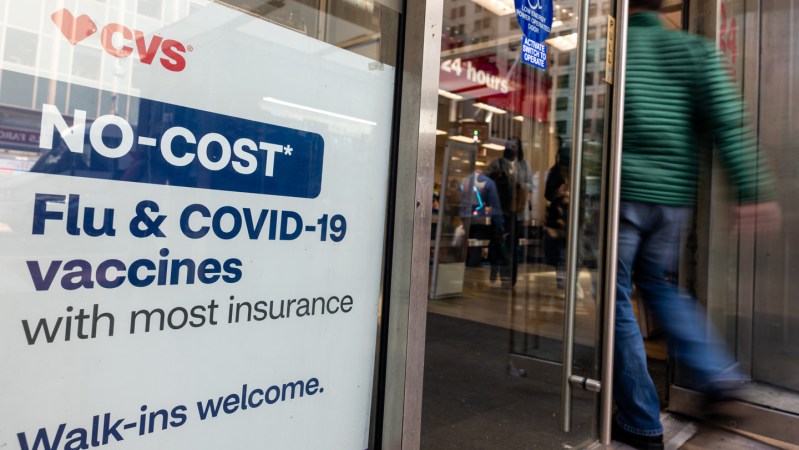The changing guidelines surrounding COVID-19 vaccinations are creating uncertainty for individuals seeking protection as respiratory viruses typically surge in the fall months. With emerging variants and evolving recommendations, many are left wondering how best to safeguard their health in the upcoming season.
Experts highlight that this fall, the emphasis on vaccination may shift due to new data and vaccine formulations. According to the Centers for Disease Control and Prevention (CDC), the latest vaccines are designed to target specific variants, which may lead to changes in administration strategies. As of August 2023, the CDC noted a slight increase in vaccination rates, but many remain hesitant or confused about the latest guidelines.
Understanding the New Vaccination Landscape
Infectious diseases specialists emphasize the importance of staying informed. Dr. Sarah Thompson, an expert in infectious diseases, advises individuals to consult with healthcare providers about the most current recommendations. “The vaccines are continuously updated to better combat circulating strains,” Dr. Thompson stated. “It’s crucial for people to be aware of the timing and type of vaccines available.”
The World Health Organization (WHO) has also issued guidance indicating that vaccination remains a key tool in mitigating severe cases of COVID-19. However, the organization stresses the need for public health measures alongside vaccination efforts. This dual approach aims to reduce the overall burden of respiratory illnesses, which often increase in prevalence during the colder months.
As the fall approaches, the public is encouraged to monitor local health advisories. In the United States, vaccination campaigns will likely ramp up in September, aligning with both back-to-school initiatives and the onset of flu season. The CDC is expected to release updated recommendations regarding the timing and eligibility for the new COVID-19 shots.
Challenges Ahead for Public Health Messaging
One of the main challenges facing health authorities is effectively communicating these updates to the public. Confusion regarding vaccine efficacy and the frequency of updates may lead to decreased public confidence. A recent survey indicated that only 45% of respondents planned to receive the updated COVID-19 vaccine this fall, reflecting a significant gap in public engagement.
Healthcare providers play a crucial role in addressing these concerns. Dr. Thompson notes, “We must ensure patients understand the benefits of getting vaccinated, especially with new variants emerging.” Clear communication about the vaccines’ safety and effectiveness is essential to improve public acceptance.
In addition to COVID-19, the fall season brings a rise in other respiratory viruses, including influenza. Health officials urge individuals to consider receiving both the COVID-19 vaccine and the seasonal flu shot. Coordinating these vaccinations can enhance protection and minimize potential health risks during a time when hospitals often see increased patient loads.
As the situation continues to evolve, it is vital for individuals to stay informed and prepared. Access to accurate information will empower communities to make decisions that protect their health and the health of others. The upcoming months will be critical as health authorities work to navigate the complexities of vaccination amid changing guidelines and emerging health threats.
The fall of 2023 could see significant shifts in the approach to preventing respiratory illnesses, underscoring the need for vigilance and adaptability in public health responses.
